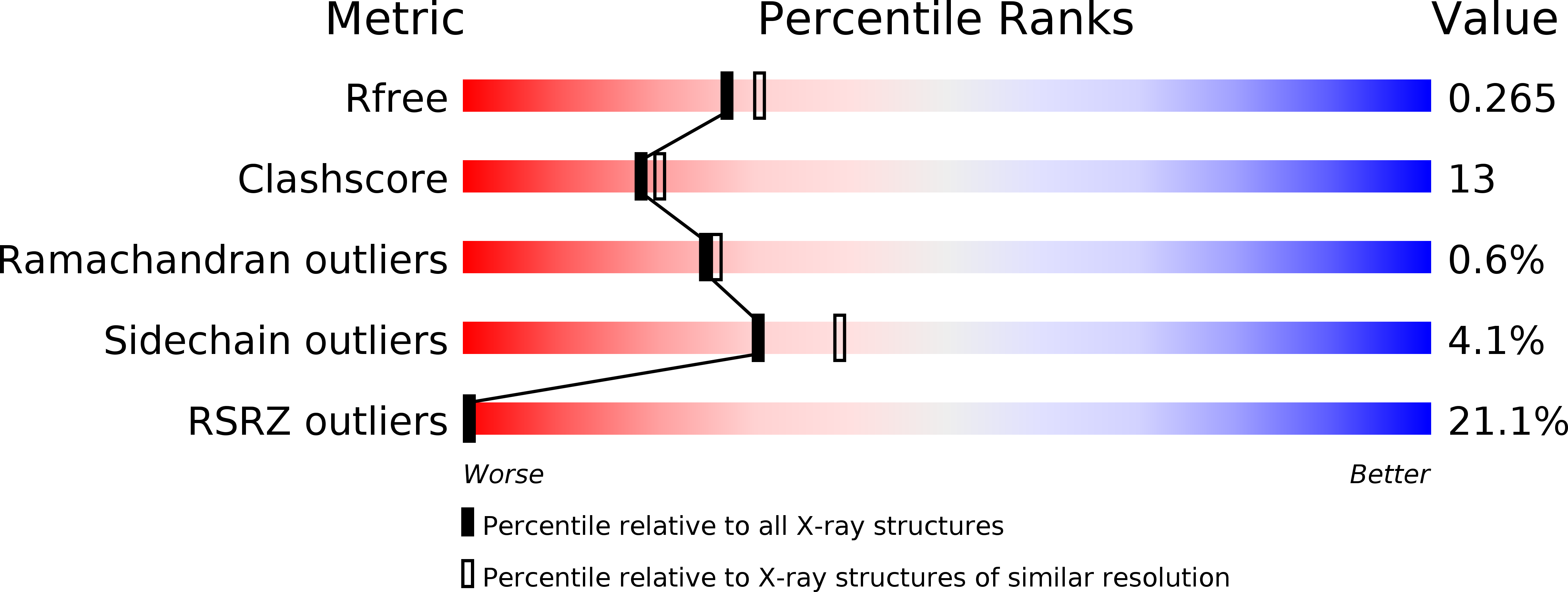
Deposition Date
2017-10-25
Release Date
2018-11-07
Last Version Date
2024-01-17
Entry Detail
PDB ID:
6ETA
Keywords:
Title:
Crystal Structure of Human Gamma-D crystallin Mutant P23T+R36S at Room Temperature
Biological Source:
Source Organism:
Homo sapiens (Taxon ID: 9606)
Host Organism:
Method Details:
Experimental Method:
Resolution:
2.20 Å
R-Value Free:
0.26
R-Value Work:
0.23
R-Value Observed:
0.23
Space Group:
P 21 21 21


